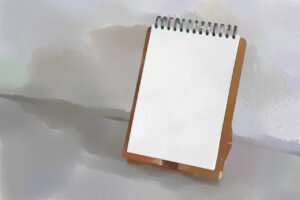The Many Minds That Keep a Sketchbook: From Architects to Scientists
A sketchbook is more than just a collection of drawings; it is a repository of thoughts, ideas, observations, and explorations. While many associate sketchbooks with artists, they are used by a vast array of professionals and creatives across disciplines. From engineers to biologists, architects to doctors, a sketchbook serves as a vital tool for visualization, problem-solving, and innovation. Here’s a look at the major categories of people who keep a sketchbook and how they use them.
1. Artists and Illustrators
For traditional and digital artists alike, sketchbooks are essential. They serve as spaces for doodling, refining techniques, planning compositions, and recording fleeting ideas. Illustrators use sketchbooks to develop characters, experiment with styles, and create concept art. Whether for fine art, comics, animation, or graphic design, an artist’s sketchbook is a personal and creative playground.
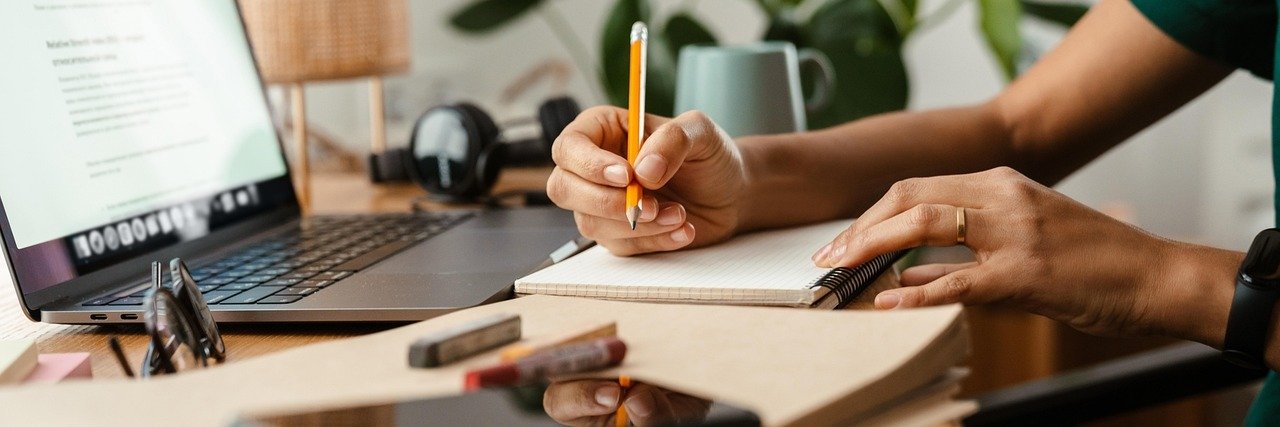
2. Architects and Designers
Architects use sketchbooks to draft blueprints, explore spatial relationships, and iterate on design concepts. Interior designers, fashion designers, and industrial designers also rely on sketchbooks to experiment with color schemes, materials, and layouts. Sketching allows these professionals to quickly convey ideas and communicate visually before moving to digital modeling software.
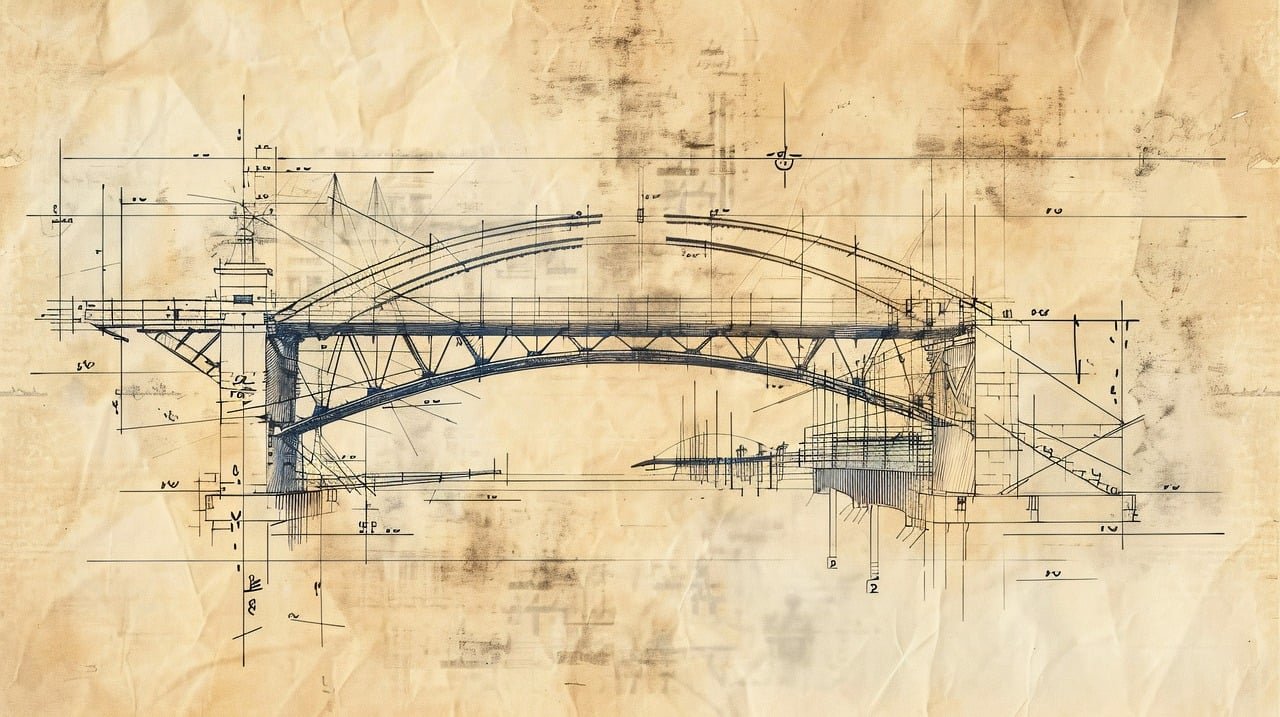
3. Engineers
Engineers, whether mechanical, electrical, or civil, often use sketchbooks to draft diverse ideas, solve technical problems, and create diagrams. Many engineers sketch as a form of rapid prototyping, allowing them to work through design challenges before committing to a formal model. In fields like robotics or aeronautics, sketching is an invaluable tool for brainstorming and troubleshooting.

4. Scientists and Biologists
Observational sketching has long been a part of scientific study. Biologists, naturalists, and medical researchers use sketchbooks to document specimens, anatomical structures, and ecosystems. Scientists in the field rely on sketching to supplement written descriptions, helping them capture details that photographs may not fully convey.
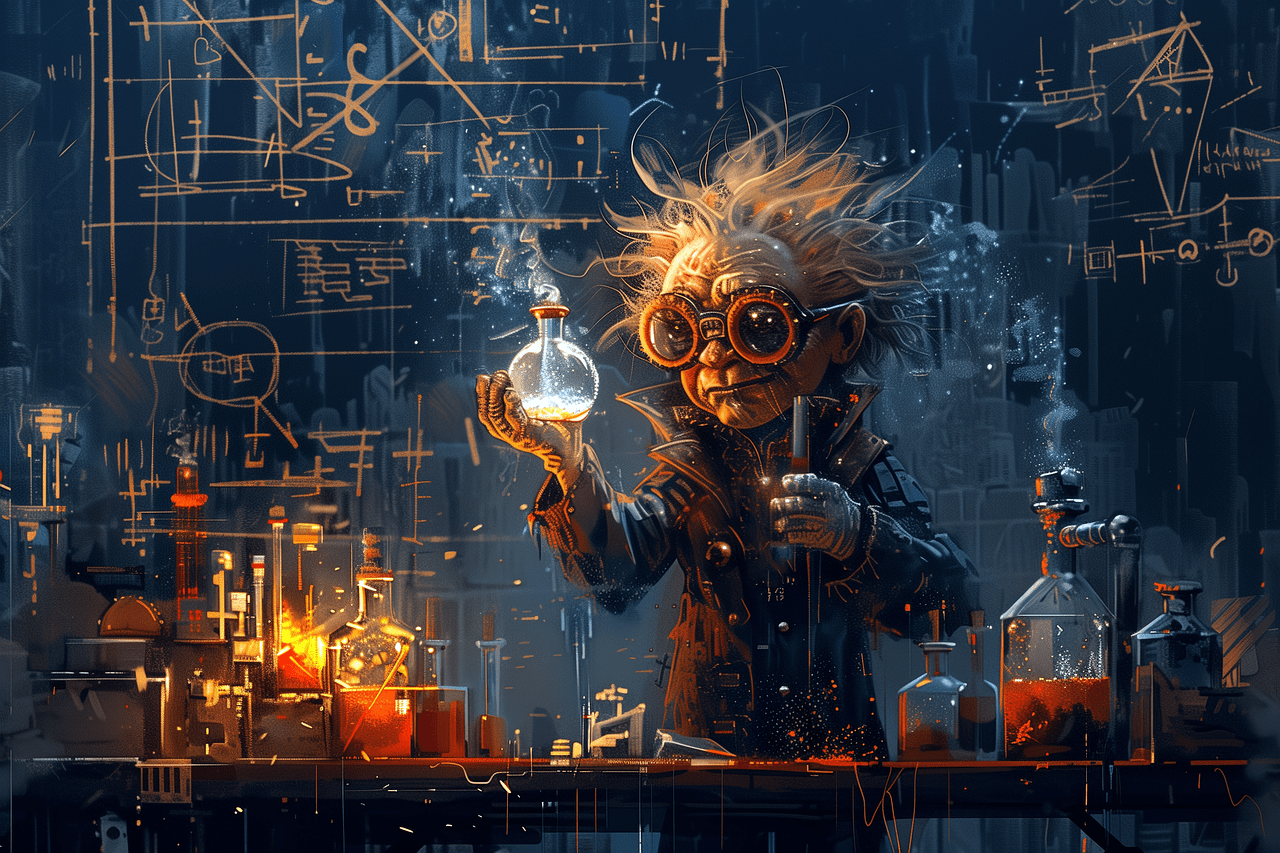
5. Doctors and Medical Students
Medical students and professionals frequently sketch anatomical structures to deepen their understanding of the human body. Surgeons, for instance, may sketch out procedures or case studies. Medical illustrators use sketchbooks to refine their understanding of physiology and pathology, ensuring accuracy in their visual interpretations.

6. Writers and Storytellers
Many writers keep sketchbooks alongside their notebooks to visualize characters, settings, and scenes. A rough sketch can help bring a fictional world to life and inspire descriptive writing. Storyboard artists, screenwriters, and game designers often use sketches to map out narratives and structure storytelling elements visually.
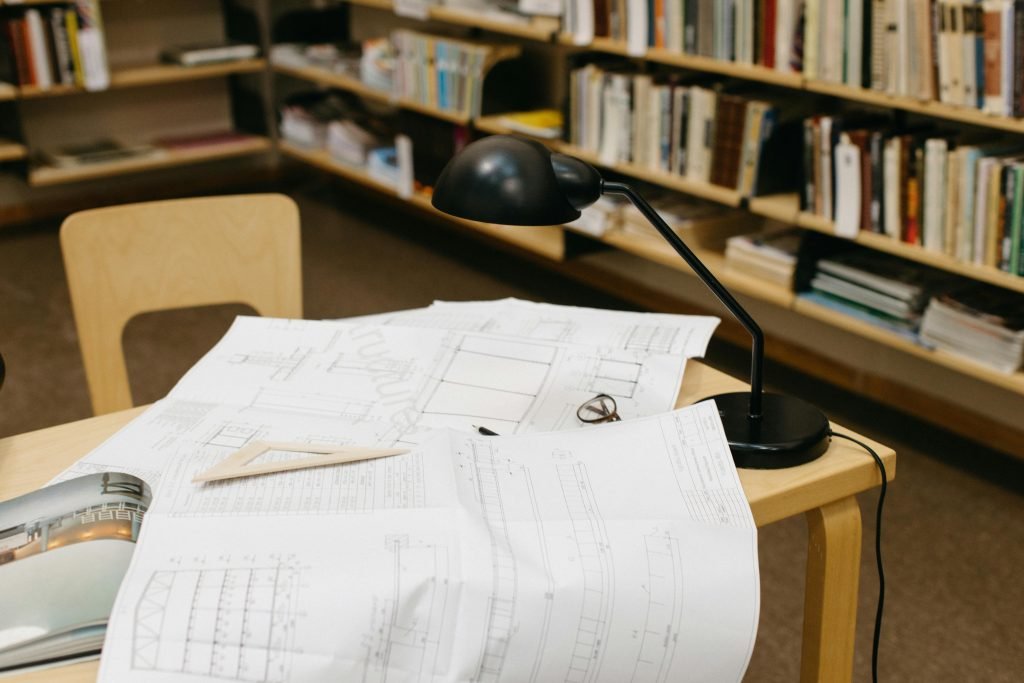
7. Mathematicians and Theorists
Mathematicians and physicists frequently use sketching to conceptualize complex equations and visualize abstract theories. Graphs, geometric representations, and physics diagrams help clarify relationships between variables and facilitate problem-solving.

8. Inventors and Innovators
From Leonardo da Vinci to modern-day inventors, sketchbooks have played a crucial role in documenting creative ideas. Innovators use sketches to refine product designs, brainstorm improvements, and explore new concepts. Many breakthrough inventions begin as simple sketches before becoming reality.

9. Urban Sketchers and Travel Enthusiasts
Some people keep sketchbooks as visual journals, documenting their travels, urban landscapes, and cultural experiences. Urban sketchers capture city life, architecture, and daily moments in a spontaneous and artistic way. Travel sketchbooks often combine art with notes, reflections, and collected ephemera.
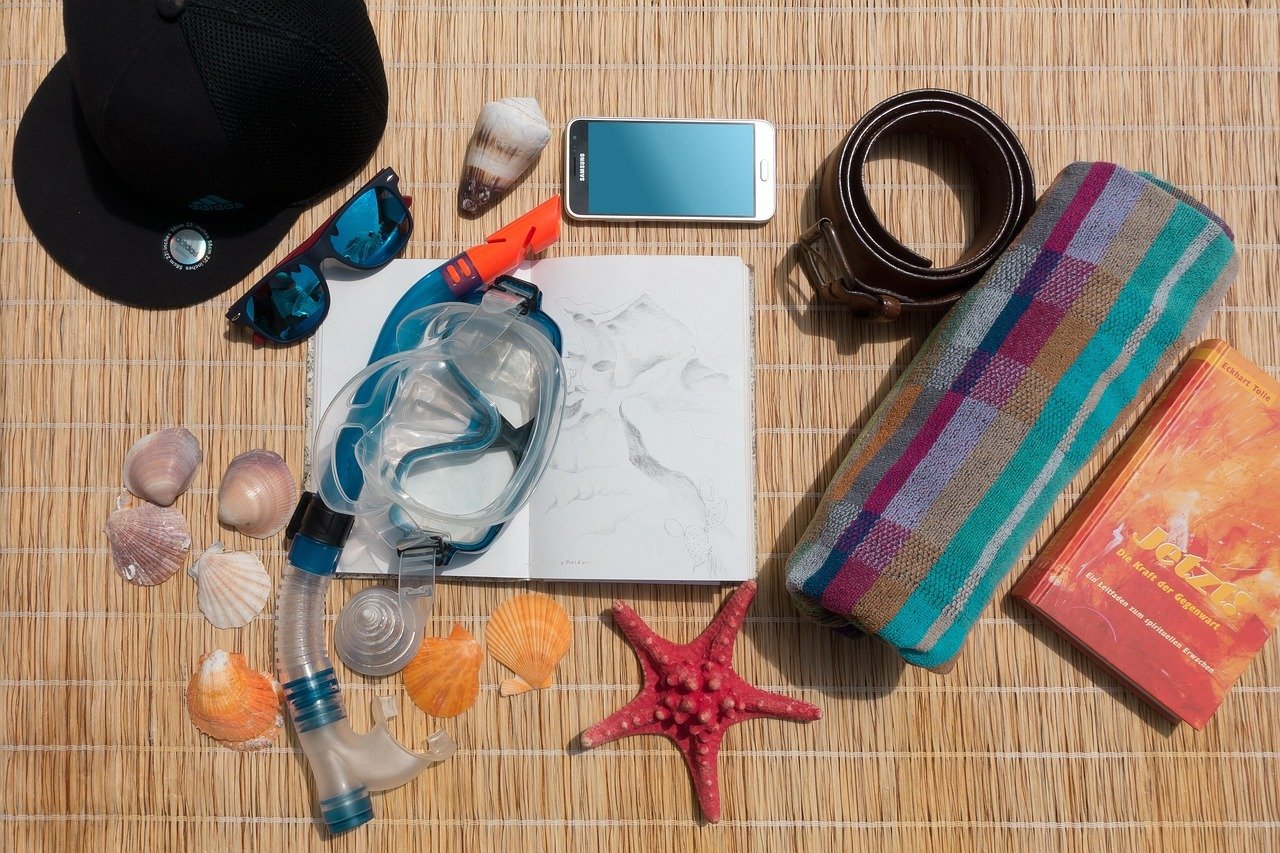
Conclusion
Regardless of profession, sketchbooks serve as invaluable tools for thinking, exploring, and expressing ideas visually. Whether used for artistic expression, scientific documentation, or technical problem-solving, sketchbooks remain a timeless medium for creativity and innovation. If you don’t already keep one, consider starting—you may be surprised at what unfolds within its pages.

Sketchbooks.org | ON LOCATION
Take Your Sketchbook to the Beach
Find Endless Sketchbook Inspiration by the Shore The beach isn’t just a place for relaxation—it’s a haven for creativity. The soothing sounds of waves, the ever-changing skies, and the vibrant details of nature all create...
Ready to Share Your Work?



